Canada’s builders are being increasingly challenged to fulfil their obligations to form strong relationships with the country’s First Nations as they undertake projects, says an Ontario-based Indigenous consultant.
It’s imperative the sector gets it right, says John Beaucage, former grand chief of the Union of Ontario Indians and current Counsel Public Affairs principal, because the standards for collaboration continue to rise.
“The bar is being raised,” said Beaucage.
“It’s a very strong requirement, and it’s not static. Every time there’s a new court case that goes to the Supreme Court, you could actually have a difference in the way consultation has to be undertaken.”
A band member of Wasauksing First Nation near Parry Sound, Ont., Beaucage has sat on all sides of the negotiating table in such roles as CEO of the Lake Huron Anishinabek Transmission Company, as an economist with Canada Mortgage and Housing Corporation and now with responsibility for Counsel’s expanded Indigenous facilitation services program.
Counsel has introduced a new training program called Nibwaakaawin, aimed at building clients’ capacity to fulfil their responsibilities to engage with Indigenous people.
The most recent game-changing rights case involved Blueberry River First Nations, which took the B.C. government to court over what it charged was the government’s egregious approvals of oil and gas permits. B.C. Supreme Court Justice Emily Burke ruled in 2021 that the cumulative effect of multiple industrial developments had clearly violated Blueberry River’s treaty rights.
In January, the B.C. government and Blueberry River First Nations announced they had reached an agreement for a partnership approach to land, water and resource stewardship that respects Blueberry River’s Treaty 8 rights.
“Blueberry River and B.C. changed the landscape,” said Beaucage.
“Each time that a case gets to the Supreme Court, there’s a little tweak to do.”
Firms like Graham, Bird, EllisDon and Ledcor have long had dedicated Indigenous relations staffers or in-house Indigenous cultural awareness training programs.
“By building authentic relationships, hiring Indigenous peoples, contracting for goods and services from Indigenous businesses and always seeking to expand our understanding, we hope to ensure mutual success and be a catalyst for industry-wide change,” stated Gagan Sharma, socio-economic lead with EllisDon.
With the rise of ESG in recent years, Beaucage said, construction firms now find themselves on the hook to shareholders to report on progress.
“There is a very strong ESG component,” he said. “They are reporting back to their shareholders that yes, we are going out, we are meeting with First Nations, we do have a First Nation policy.”
The key to a firm fulfilling its obligations is to be committed to building strong relationships, Beaucage said. Firms with projects affecting First Nations should obtain legal counsel, he said — almost any development, no matter the size, will have an impact in some way upon rights and so there is an obligation to consult.
The Nibwaakaawin program teaches that project owners and contractors should be introduced to the First Nations leadership early in the process to start a dialogue. Beaucage has been heavily involved with that process involving construction projects in recent times, he said.
“We’ve had just great relationships and we’ve moved some items that could have been a possible negative issue into positive relationships for the past while. That’s been really good for both parties.”
Each case has its own potential issues, Beaucage said.
One recent project involved land where elders said there was a long history of medicinal plants being gathered. Where there is territory with a land claim involved, Counsel delves into the basis for the claim and then attempts to establish a conversation, making the point, “Now, let’s deal with how you can move ahead with your development without having a warrior society come out and try to close it down.
“The First Nations themselves don’t want to go around and close down projects. They want to benefit from the land just as much as anybody else. But they still have to make sure that their point is made, that there’s an unresolved claim on this territory, whatever it might be. So we try to bring them together.”
Negotiating business partnerships with entrepreneurial divisions of First Nations and training and employing Indigenous workers is increasingly commonplace.
“You have a huge number of young people in the First Nation community who are getting educated and gaining skills in different areas and want to work. So you’ve got good relations between the companies and the First Nations, you’ve got employees who are working through the ranks of the corporations, and all that is building up to a win-win situation.”
The ideal outcome, said Beaucage, is that skills development and wealth generation expands and that First Nations become an integral part of national economic growth.
“That is starting to turn around, we see partnerships with Hydro One, we see partnerships with other energy companies where some of our First Nations are starting to accrue wealth.”
Follow the author on Twitter @DonWall_DCN


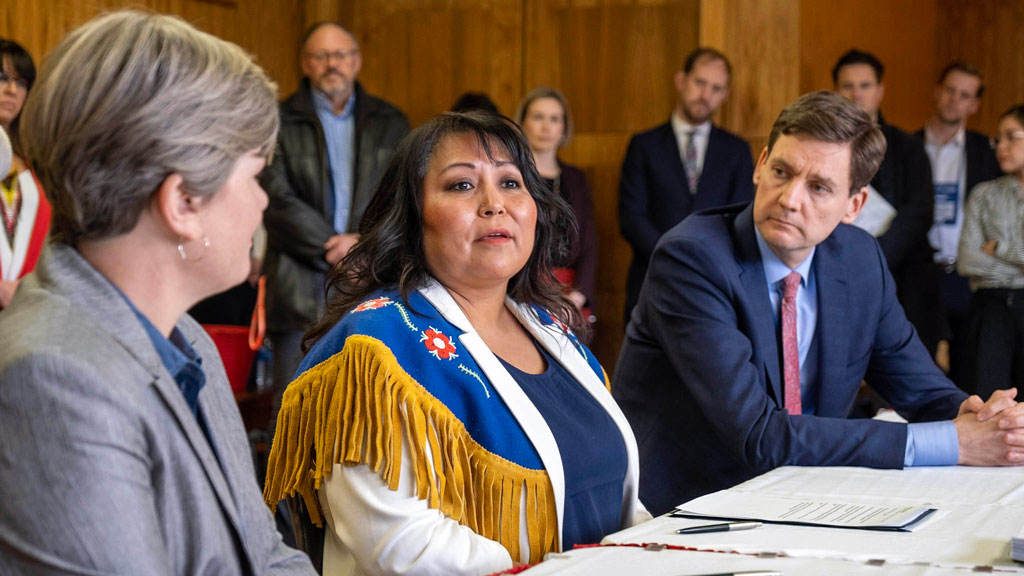

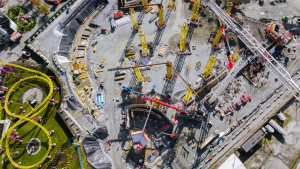

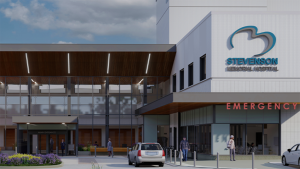


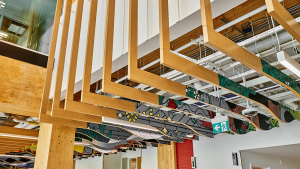
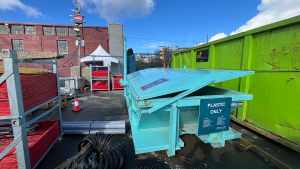
Recent Comments